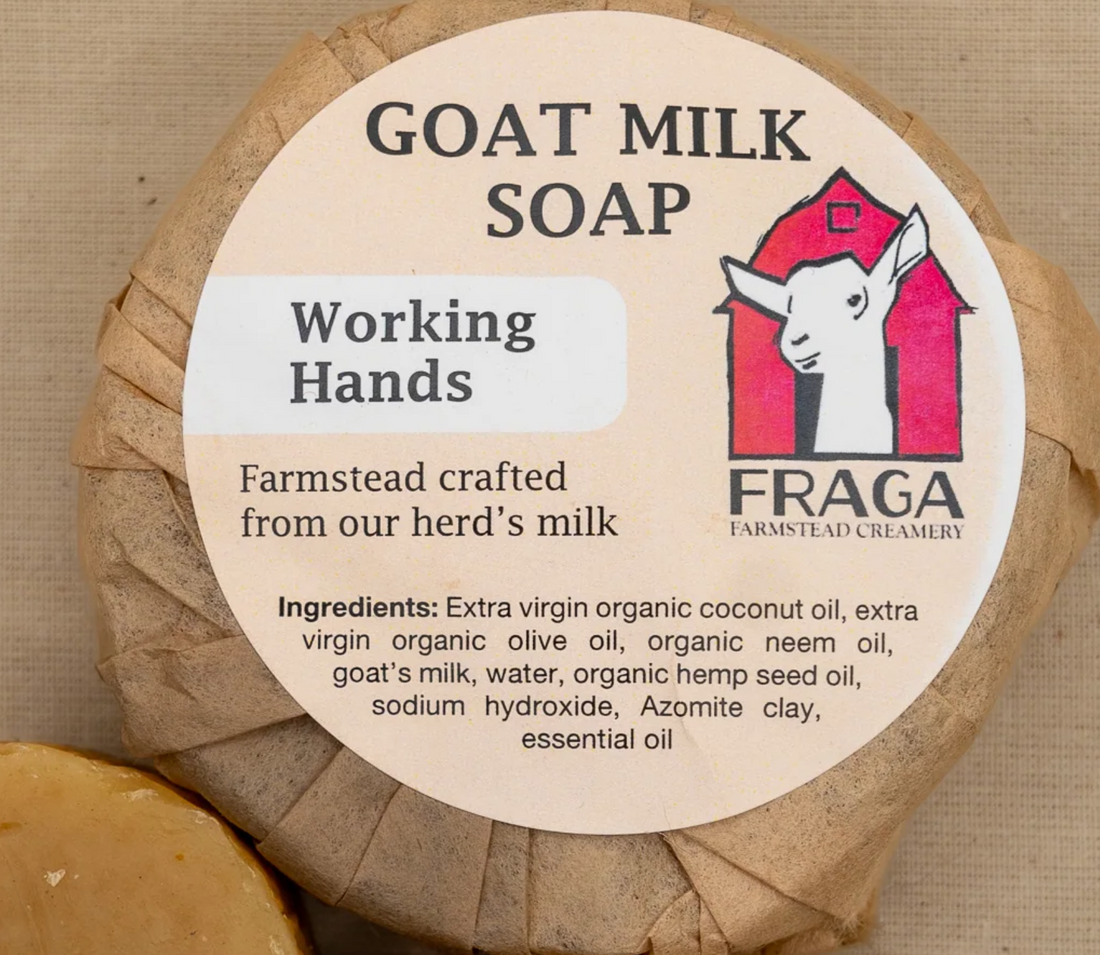Navigating the world of soap labels can be tricky. This guide is designed to demystify the ingredients listed on your soap, so you know exactly what you're using on your skin.
Is It Really Soap?
The definition of soap according to the FDA is quite specific. For a product to be recognized as soap, it must primarily consist of alkali salts of fatty acids and be intended for cleaning purposes. This is the result of a chemical reaction called saponification, where fatty acids (from vegetable oils or animal fats) react with a base (lye) to produce soap.
Only products that adhere to this definition can legally be marketed as "soap."
Everything else falls into the category of detergents and may appear under names like "foaming cleansing bar" or "moisturizing bath bar."
Soap making is a tradition that dates back to 2800 BC in Babylon, while detergents are a 20th-century invention, created during WW1 due to a shortage of fats and oils.
Today, most cleaning and body care products are made from synthetic detergents, not traditional soap.
What’s Inside Your Soap?
Soap Labels: Understanding the List of Ingredients
Similar to food labels, soap ingredients are listed by weight in descending order. However, those constituting less than 0.5% of the product might not be listed, even if they are significant chemicals.
Fragrance oils, often containing stabilizers like phthalates, are considered trade secrets and don't require disclosure, posing a challenge for consumers.
Ingredients can be listed in one of three ways:
- INCI (International Nomenclature for Cosmetic Ingredients): Uses scientific or Latin terms, necessary for international commerce.
- Common Names: Uses more recognizable terms for ingredients.
- Functional Descriptions: Focuses on the end result of the ingredients combined, rather than listing them individually.
For example, coconut oil can be listed as:
- Coconut oil (Common Name)
- Cocos nucifera (INCI)
- Sodium cocoate / Potassium cocoate (INCI for saponified coconut oil)
- Saponified oils of coconut (Functional Description)
Why Different Methods?
The method chosen for listing soap ingredients often reflects a company's branding strategy. Some aim for a "clean" image with a straightforward list of ingredients, while others might prefer to use terms like "sodium tallowate" to avoid mentioning animal byproducts directly.
The term "saponified oils of…" helps avoid the industrial connotation of "lye."
At Fraga Farm, we value transparency. Our labels use common terms such as "olive oil" to ensure you understand what you're applying to your skin.
Our soaps and balms ingredients are chosen to make the best body care products for you and they are sourced with equal care.
We love talking about our ingredients. Please reach out in the comments below if you are looking for more information!
Want to Stay Informed?
Subscribe to our newsletter for more insights on what's behind the labels of products we use everyday.

